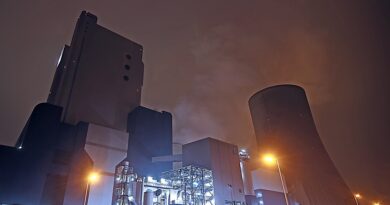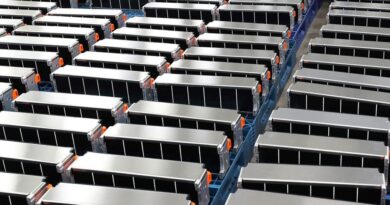Lithium production either carbon-intensive or wasting water
Owing to its use in high tech applications such as Li-ion batteries, lithium will play a crucial role in aiding the transition to a low-carbon economy. However, it is these close ties to the electric vehicle and energy storage industries which subjects the lithium supply chain to an elevated level of scrutiny surrounding its sustainability credentials.
In recent years, the lithium sector has faced allegations of excess water use, excessive carbon footprint supply chains and hazardous by-product generation. In its current form, the contrast between the two main production methods, brine and mineral, poses different sustainability issues.
Where brine production benefits from lower energy and CO2 intensity, the trade-off comes in the form of higher water use in arid areas of vulnerability to over-extraction. Conversely, mineral production benefits from lower water use but a greater CO2 footprint.
OUTLOOK
Over the longer term, as extraction sources become more established integration increases and as refining and manufacturing centres expand globally, Roskill expects to see the energy intensity of the supply chain shift.
In most part, this will be driven by end-use consumers demand greater sustainability from their supply chains, meaning producers will react accordingly. Transitions will be made towards more efficient fuel sources, decreasing their reliance on shipping feedstock long distances (where possible) and introducing more renewable energy sources on site.
Likewise, upcoming lithium projects, attempting to take advantage of new green funding initiatives will position themselves favourably within supply chains.
Roskill’s Lithium Sustainability Monitor examines the key environmental, social and governance (ESG) factors which face the industry. This includes an analysis of CO2, energy, and water use on an asset by asset basis, both for current producers and future projects, detailing the carbon-footprint of lithium supply from the mine or brine operations through to a refined product for use within battery manufacturing.




